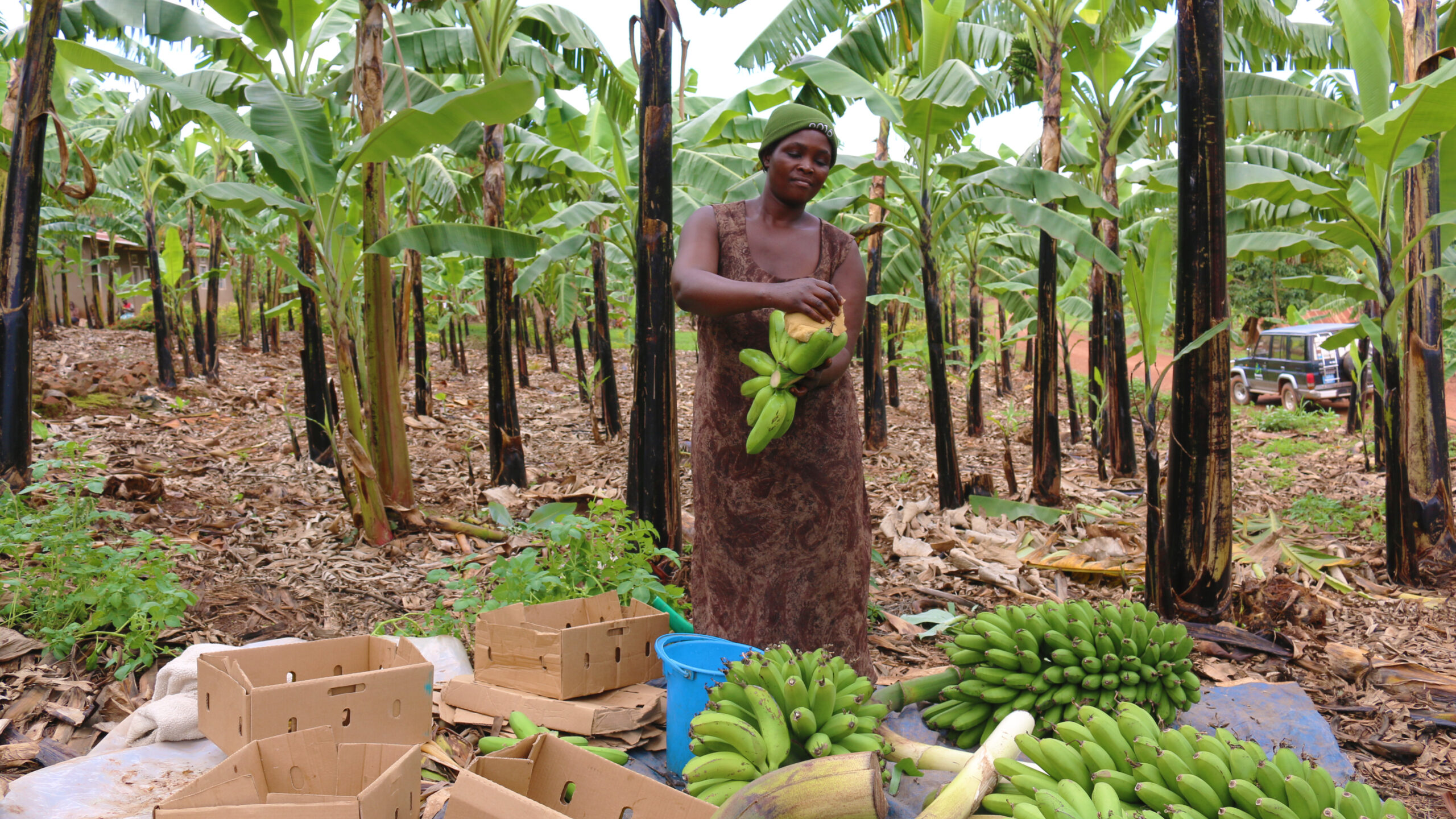One in a series of guest blog posts from leading voices in global development on achieving long-term sustainability and growth while ending hunger, poverty, and malnutrition.
To meet food security goals in today’s world, we must consider the stresses on food systems. Rising demand for food, driven by population growth and dietary change, along with the effects of climate change and other environmental problems, have compounded what is known as the triple burden of malnutrition: About 1 billion people consume too few calories, at least 3 billion don’t have sufficient nutrients, and over 2.5 billion consume too much.
These three burdens often coexist in the same community and even household. They are the central challenges to securing food security for all. But unlike some past obstacles to food security, the triple burden cannot be addressed by increasing food production alone.
Before analyzing how we can achieve food security, it is important to define the term. The U.N. Food and Agriculture Organization (FAO) defines it thusly: “when all people, at all times, have physical, economic, and social access to sufficient, safe, and nutritious food to meet their dietary needs and food preferences for an active and healthy lifestyle.” Food security, therefore, means that one has access to both sufficient calories and sufficient nutrients, where “sufficient” means the right amount–not too little and not too much. The definition therefore has even greater relevance today than when initially drafted at the 1996 World Food Summit, as the emphasis at that time was only on those that have too little.
Many development programs targeting food insecurity focus on calories and fail to consider undernourishment, that is, the lack of nutrients in one’s diet. Malnourishment is more closely related to consumption patterns of calories and nutrients than it is to any lack of available food. Major determinants of consumption include food preferences, cultural norms, cooking skill, and convenience.
The increased availability and affordability of processed, high-energy foods for the emerging global middle class, coupled with the aspirations of many to consume a more Western diet, is making diet-related disease a global epidemic.
Obesity has become a relatively common ailment in rich countries including the United States and in Europe. However, obesity rates are now rising in developing countries as incomes rise and consumers shift their demand for certain foods. For example, as the middle class in China has steadily grown over the past decade, families are demanding more protein, often in the form of meats including chicken, pork, and beef. As a result, Chinese protein imports are expected to soar 3,500 percent by 2050, putting immense pressure on global markets and dramatically changing the nutrition profile of diets in China. Such shifts in demand can alter the global food landscape both quickly and profoundly.
Food security efforts have long focused on food and nutrient supply, but to effectively combat today’s growing burden of overconsumption, we must consider demand. That means focusing on changing consumption patterns while analyzing the whole food system to find the root causes of malnutrition.
More policies and programs must examine unhealthy consumption patterns to improve global food security. How can we shift the focus from supply to a balanced approach that includes more of the demand side of the equation? Governments can create incentives for businesses to improve nutrition through tax and subsidy programs. NGOs and governments alike can focus education and training on informing people of the harms of a high-calorie, low-nutrient diet.
It is also important to build resilience in food systems to respond to unexpected shocks in global markets, lest the gains from such policies be wiped out. Shocks could be triggered by biogeophysical and/or socioeconomic factors such as extreme weather, shifts in regulation and international trade, and health scares, which can alter the global food landscape in both the short- and the long-term. Climate change is already fueling extreme weather events, an increasingly urgent problem requiring more resilient food systems.
A greater focus on demand can productively address the triple burden of malnutrition, but likely won’t eliminate it. These are complex, systemic problems. Each actor involved in the global food system has their own motivations and modes of interaction, and any intervention will create winners and losers. Costs and benefits must be considered within different timeframes, geographies, and jurisdictions when developing new food system policies and practices. While complicated, solutions based on this approach to food system thinking will ensure improved public health, greater resilience, and sustainability moving forward.
John Ingram is the leader of the food systems program at the Environmental Change Institute, University of Oxford, UK.







